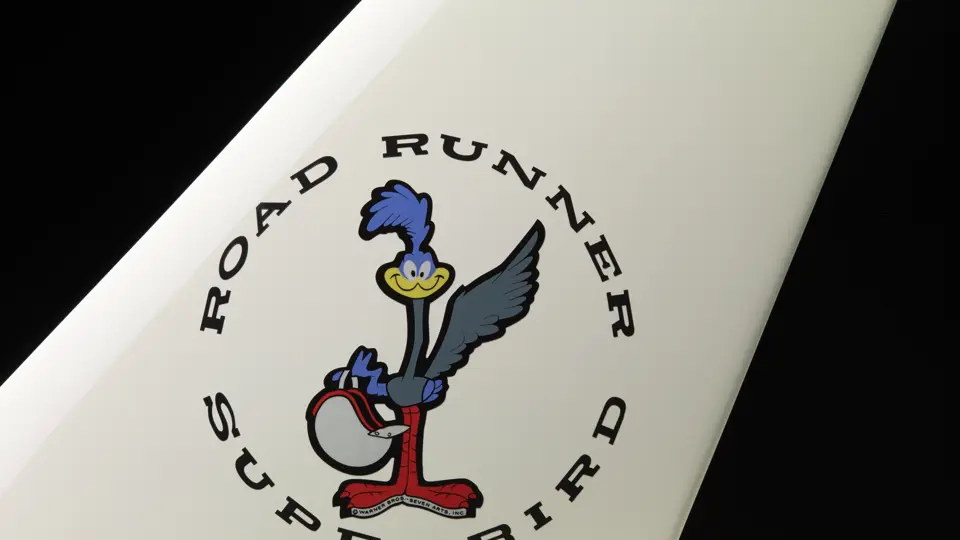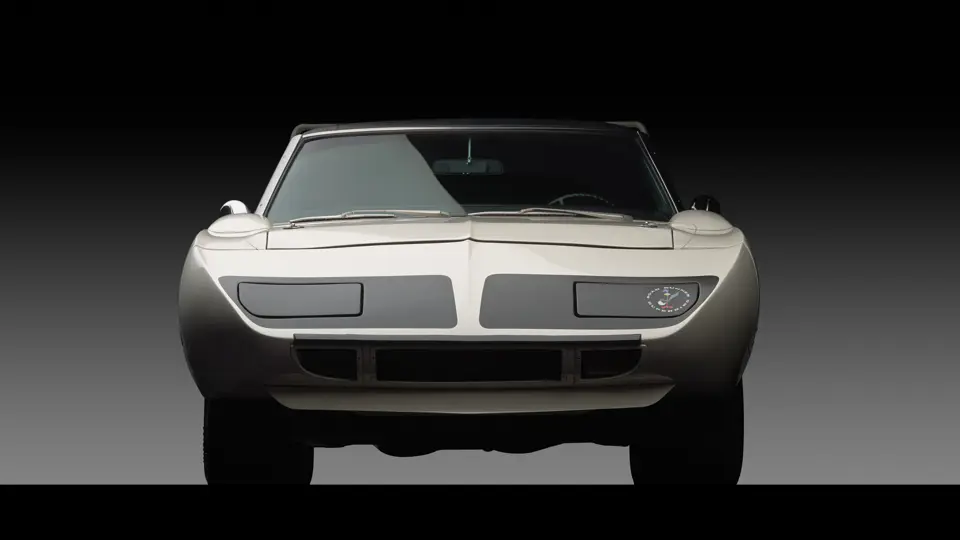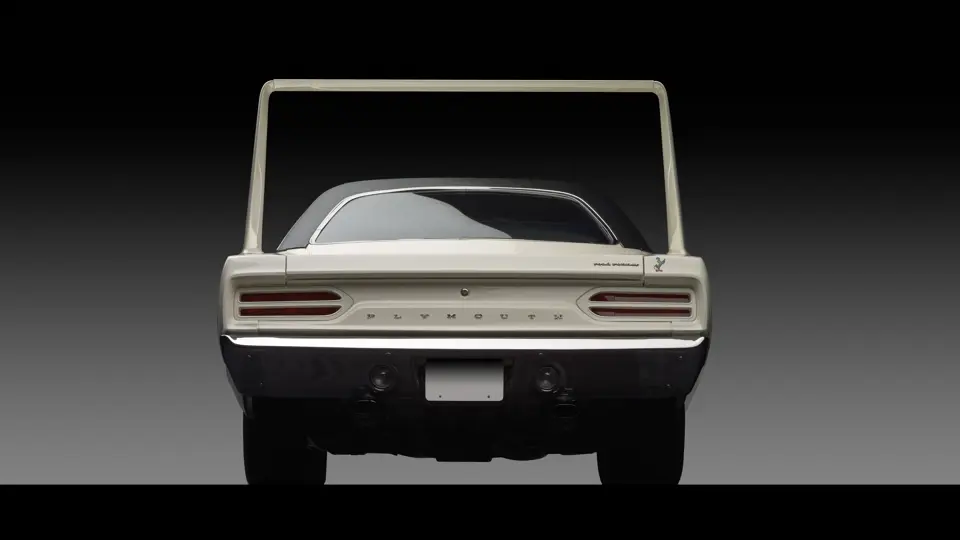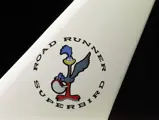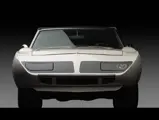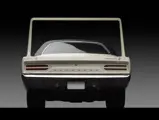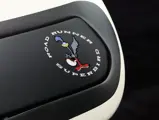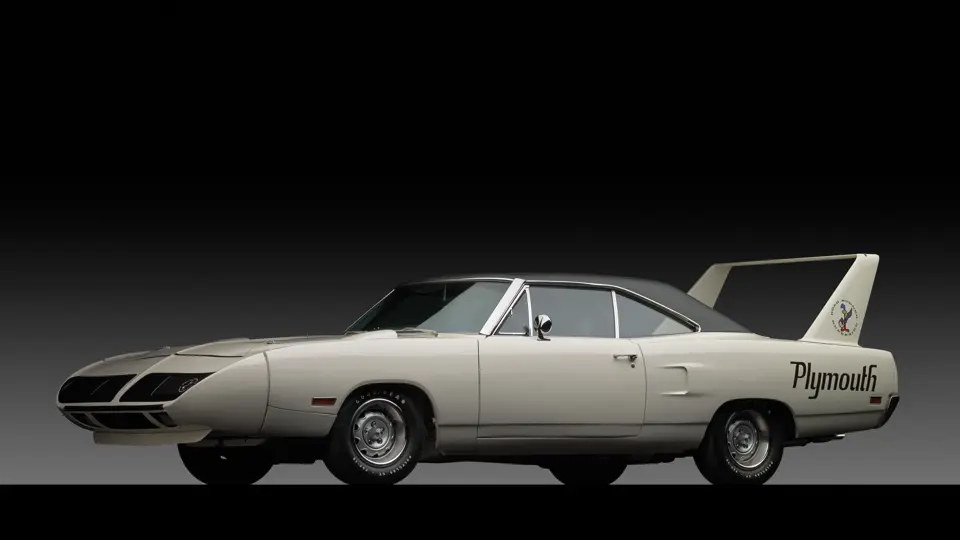
1970 Plymouth Road Runner Superbird
{{lr.item.text}}
$363,000 USD | Sold
{{bidding.lot.reserveStatusFormatted}}
- The ultimate muscle car, known as the “Winged Warrior”
- One of only 58 examples with a Hemi and four-speed
- Original drivetrain
- Only 16,360 original miles; driven less than 300 miles since 1974
The Superbird is the perfect storm of muscle cars; it is a car of such horsepower, outlandishness, pedigree, and rarity, and it was created in the “anything goes” atmosphere of the late 1960s, which will likely never be seen again. It is an amalgam of forces in stock car racing, American car culture, aerodynamic engineering, and automotive styling.
Quite amazingly, it is perhaps one of the few production cars built with one specific person in mind. It was intended to bring Richard Petty, the great stock car racing driver, back into a Chrysler product and into the winner’s circle after he left to race for Ford. With NASCAR drivers lapping the superspeedways of America at breakneck speed, aerodynamic perfection and refinement made the difference between standing on the podium at Talledega or careening off the 31-degree banking at Daytona. Whereas the racing cars of today are replete with countless winglets, fins, and contraptions that improve downforce and better lap times one millisecond at a time, the Superbird was the first tangible step in that direction.
As Chrysler engineers weren’t finding much more power in the racing-specification Hemi engine, the only way to build a faster car was to make it go through the air more efficiently. The Charger 500 was the first Chrysler product to get an aero treatment, becoming the Charger Daytona, with a pointed, downward-slopping nose and large rear wing. When Petty, who was now driving for Ford, heard about it, he communicated to Chrysler via back channels that he would drive one if they made the offer. With “the King’s” interest piqued, Plymouth offered to develop their own version for him, if he would agree to be their driver again.
NASCAR homologation rules for 1969 required sales of 500 cars to qualify, so Plymouth went into high gear to turn the Road Runner into a similarly competitive car that would entice Petty back and put him into the winner’s circle. Several versions were tried before they arrived at a working prototype. The eventual solution was to use Coronet front fenders, hood, and nonfunctional air scoops, which has served to evacuate air from the wheel housings in race cars. The long steel nose was longer than the Daytona’s, but it was also higher and incorporated better cooling.
While the Superbird was still in development in 1970, NASCAR rules changed to require the equivalent of one-sale-per-dealer, which, for Plymouth, was closer to 2,000 cars than 500. Plymouth made the powertrain options as simple as possible to minimize build times for Creative Services Inc., which was converting the cars. Only two engines were available, a 440 with four-barrel or triple (Six-Pack) carburetion and the Street Hemi, both with either a Torqueflite automatic or A-833 four-speed. The standard package was the 440 Magnum and automatic, with power steering, disc brakes, and a Performance Axle Package.
This amazing machine was built for a Golden Age of racing that, unfortunately, didn’t last long. The “Winged Warrior” stock cars were so clearly superior that, for 1971, NASCAR spoiled the fun, banning engines over 305 cubic inches in wing cars. As a result, the Superbird program came to an abrupt end.
Of the less than 2,000 examples that sold, one of the 58 known Hemi four-speeds, in a cool and collected Alpine White, was specially ordered by a gentleman in his fifties from Trenton, New Jersey’s Capital Motors. With more than a dozen options, the sticker price rose to a substantial $5,503.70, including dual mirrors, bucket seats, multiple exterior moldings, a tachometer, and Rallye wheels. All these options, shown on the original window sticker, have remained with the car to the present.
Accounts differ as to why the car was parked sometime between 1973 and 1975. According to an interview with later owner Doug Young in Musclecar Enthusiast, the original owner had accumulated about 16,100 miles by 1973 and then spun an engine bearing. However, another report says the car was on the road until 1975, when it could no longer pass New Jersey emissions testing. Regardless, sometime between 1975 and 1978, “Mr. Hemi,” Anatol Vasiliev, acquired it, with about 16,000 miles, from the original owner, for a reported $2,500. Anatol V., as he was also known, never restored the Superbird, and he sold it in 2000 to Doug Young.
Young found the car spectacularly preserved, down to the factory-installed brake pads. The original window sticker, two broadcast sheets, seat tags, IBM punch card, warranty card, and original fender tag all contribute to its unimpeachable authenticity. Also included is a crumpled pack of Winston cigarettes, which were found under the carpet during restoration and had apparently been left there by an assembly-line worker.
The restoration in Florida was completed for the 2002 Mopar Nationals, where it was awarded O.E. Silver certification; as the included judging document clearly spells out, the Silver certification wasn’t for incorrect components, but for being “just way better than factory.” A subsequent Super Rod trophy for Best American Muscle Car, achieved at the 2003 Amelia Island Concours d’Elegance, confirms the contention that this is one of the most exactingly restored Superbirds in the world.
In the last 40 years, this car has covered approximately 239 miles, preserving an immaculate restoration that almost entirely reused original components. The legendary Hemi is in fine operating condition, and the cosmetic condition of the car is, of course, absolutely superb.
Mopar muscle car fans have known about this Hemi Superbird, number 170172, for decades, particularly because it has generally never been available for sale, as it has continuously been in the care of the most discerning private collectors. All have taken great care to preserve the car in its entirety, leaving it today precisely the way it would have been found it at Capital Motors in 1970. From nose to wing, it is downright wild and utterly powerful; it is a horsepower statement from a bygone era that will never be repeated.
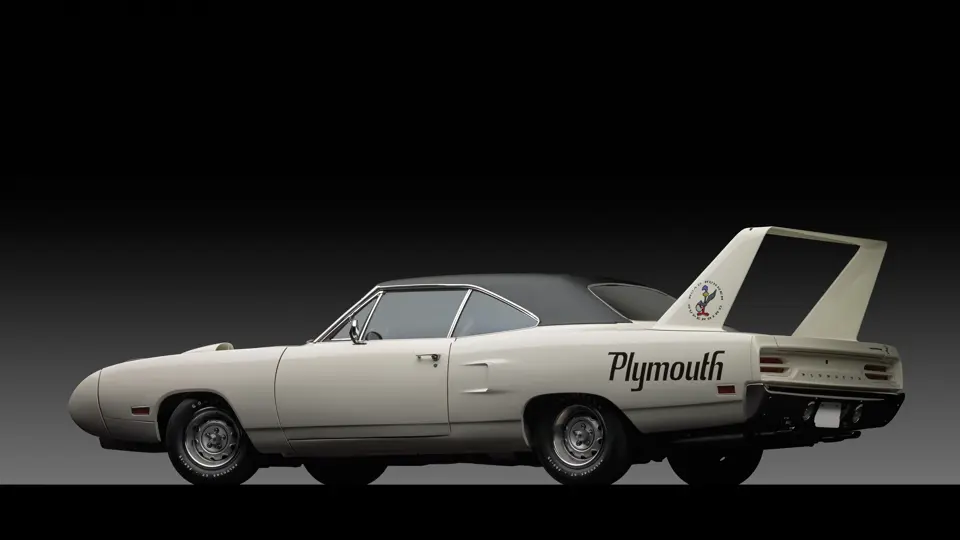
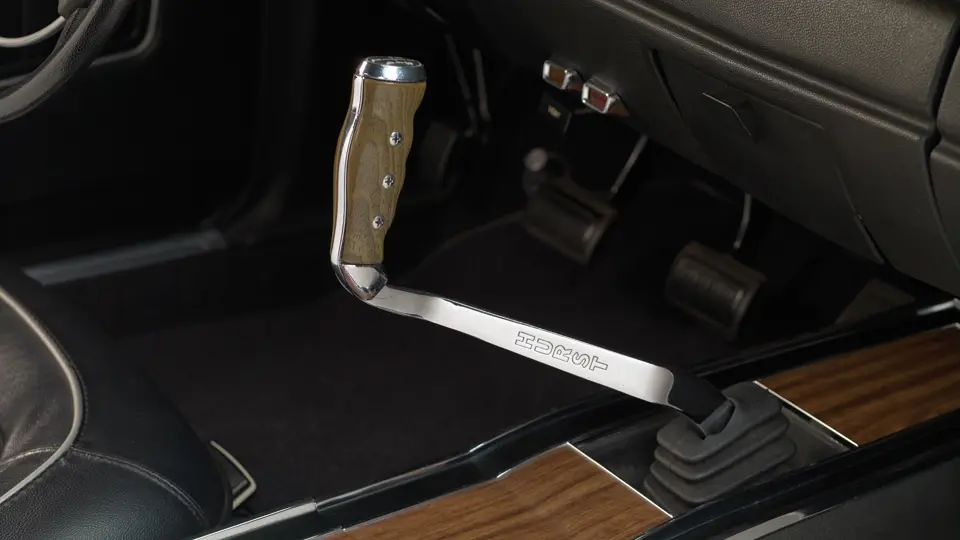


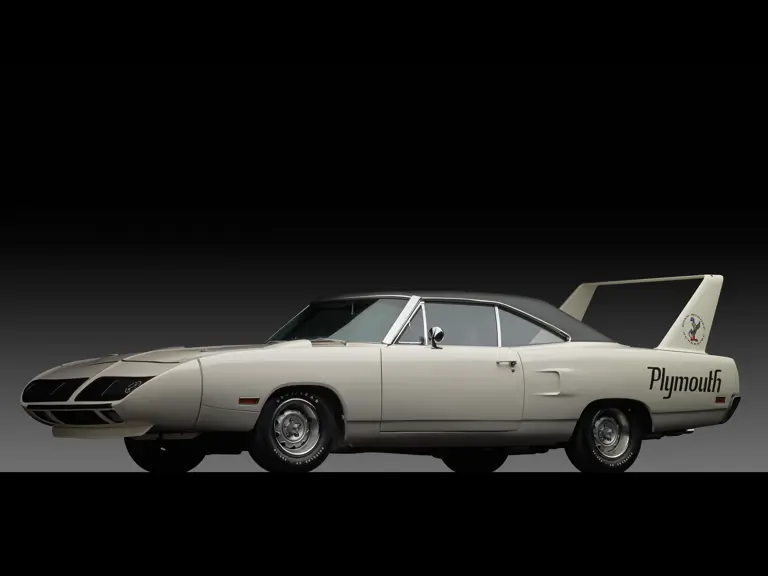

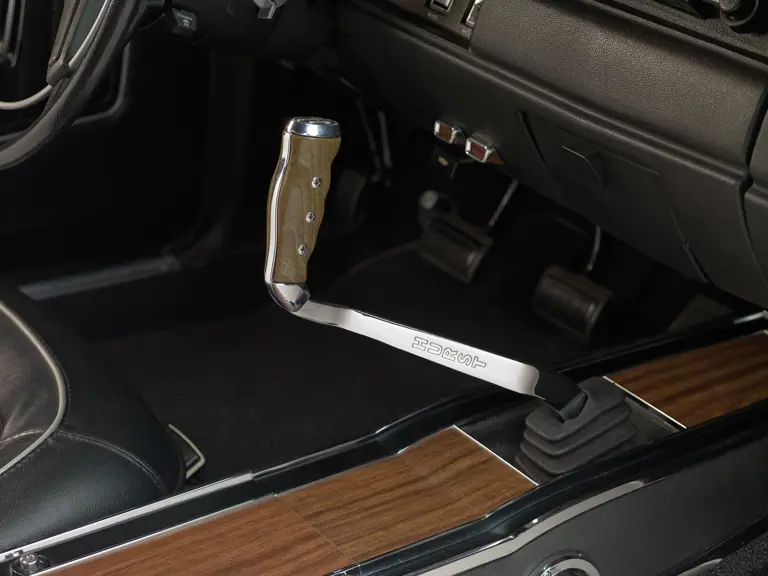
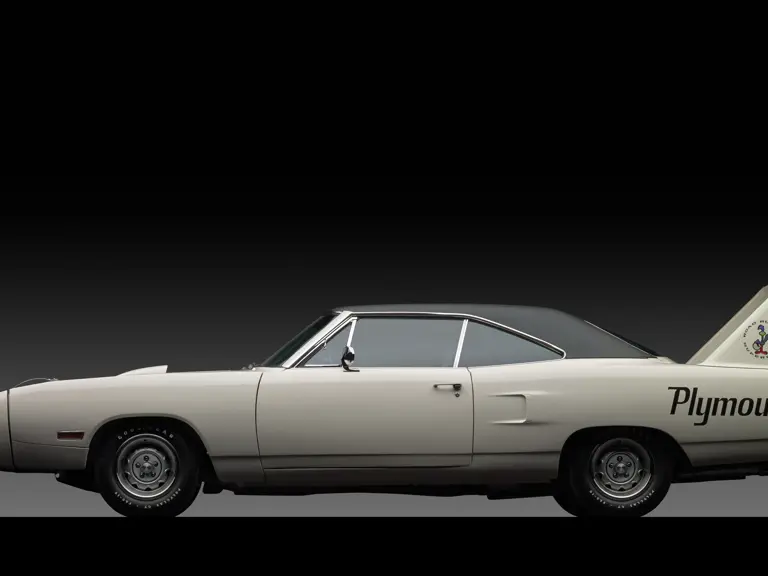
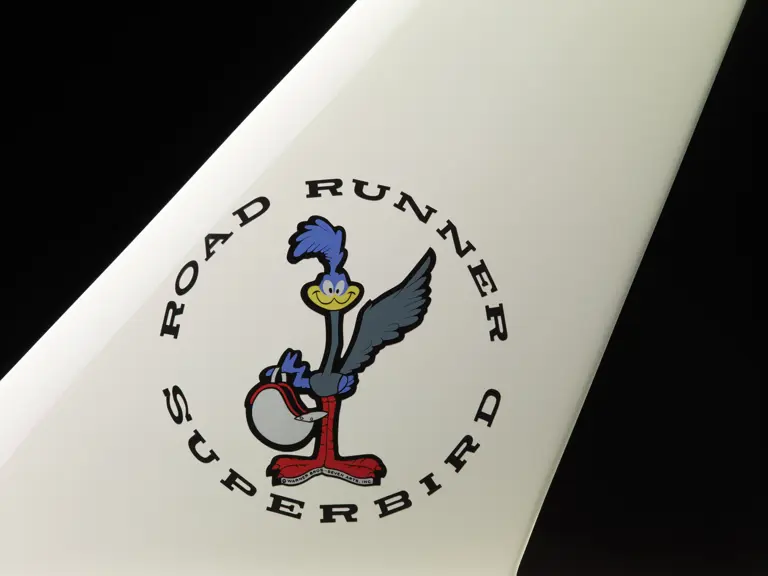

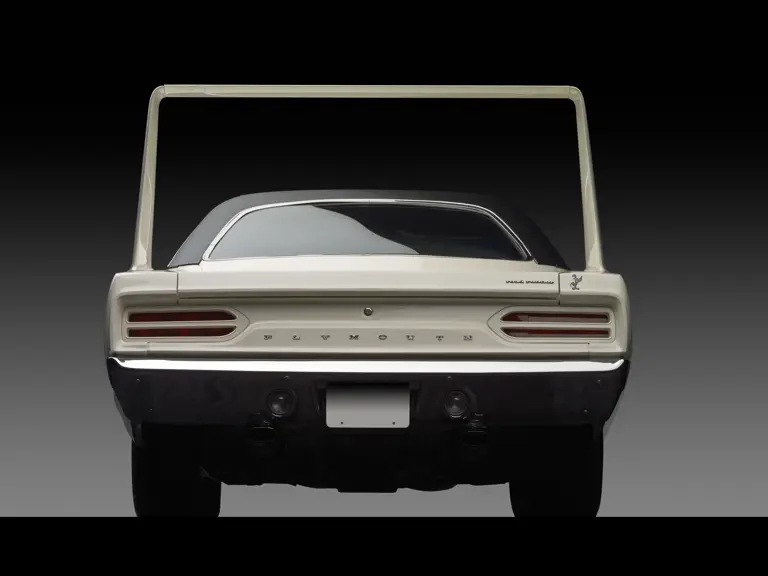

 | New York, New York
| New York, New York
